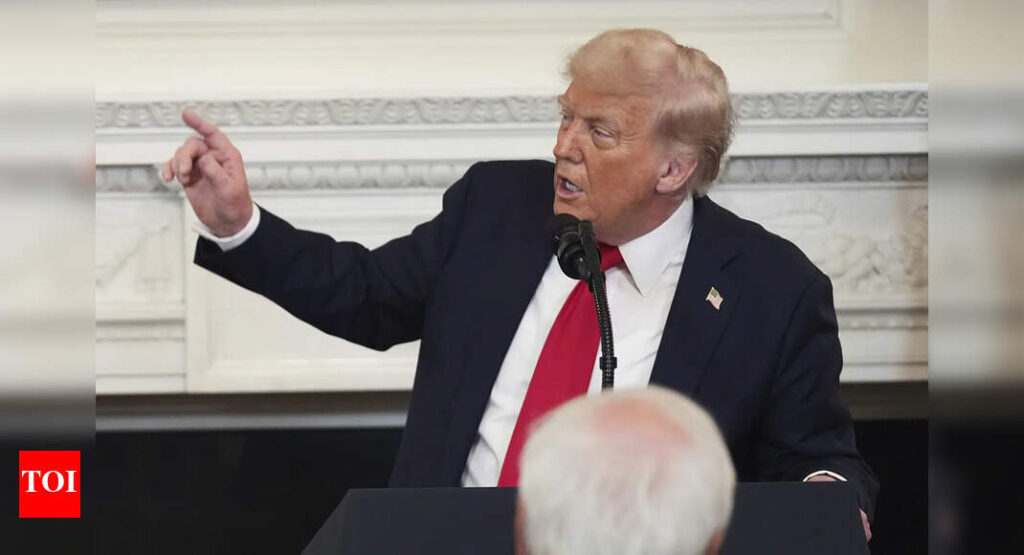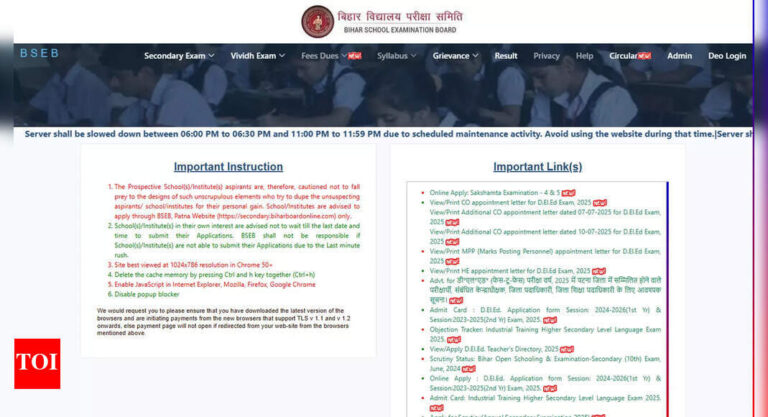
In a landmark decision on July 14, 2025, the US Supreme Court allowed President Donald Trump to proceed with firing over 1,300 employees from the US Department of Education. This ruling permits the administration to continue its efforts to dismantle the federal department and shift educational responsibilities back to the states, a move the president says will benefit students and parents.The court’s 6–3 decision reversed a lower court injunction that had temporarily blocked the layoffs. Following the ruling, President Trump hailed the decision on social media as “a major victory for students and parents,” emphasising that “the failing Education Department will now go BACK TO THE STATES.” The administration maintains that reducing federal involvement will promote more efficient, localised education policies.Local control allows for tailored education policiesAt the heart of the administration’s plan is the belief that states are better positioned to manage education than the federal government. Trump’s executive order, signed on March 20, 2025, directs Education Secretary Linda McMahon to begin dismantling the department, citing low test scores and bureaucratic inefficiency as primary reasons. The administration argues that transferring control to state governments will allow for education policies tailored to the specific needs of local communities, leading to improved outcomes for students.Reducing bureaucracy and promoting efficiencyThe Trump administration views the Department of Education as overly bureaucratic and inefficient. By cutting more than half of the department’s workforce—firing over 1,300 of its approximately 4,000 employees—the government intends to eliminate red tape that it believes slows progress. Secretary McMahon has stated that the plan aims to promote “efficiency and accountability” by reducing unnecessary federal oversight and administrative burdens.Increasing accountability at state and local levelsAccording to the administration, shifting responsibilities to the states will foster greater accountability. Local and state officials are believed to be more directly answerable to parents and communities than federal authorities, which in turn is expected to encourage more responsive and effective education systems.Empowering parents through decentralisationPresident Trump has repeatedly highlighted that the restructuring represents a win for parents. He argues that with states assuming more control over education policy, families will have greater influence over school decisions and curricula. The move is framed as empowering parents to have a stronger voice in their children’s education.Faster responses to educational challengesThe administration also contends that state-level authorities are better equipped to react swiftly to challenges facing schools. Unlike a centralised federal bureaucracy, local officials can adjust policies and resources more quickly to meet the evolving needs of their students and communities.Focusing on outcomes rather than administrationA central claim of the administration’s approach is the prioritisation of tangible student outcomes over federal administrative processes. The department’s historic failure to raise standardised test scores and improve academic performance is cited as justification for the overhaul. By reducing federal control, the administration hopes states will be able to concentrate on measurable improvements in education quality.Maintaining essential federal functions while decentralising othersWhile the department has been slashed to fewer than 2,000 employees, officials say key statutory duties will continue to be fulfilled. However, many discretionary functions previously managed at the federal level, including some oversight and enforcement responsibilities, will be devolved to states. This redistribution is intended to streamline education governance and give states more authority to set priorities.The Supreme Court ruling allowing the layoffs is temporary as legal challenges continue, but the Trump administration has moved swiftly to implement its restructuring plans. Supporters argue that this marks a significant shift toward local control and accountability, with potential long-term benefits for students and parents across the US.TOI Education is on WhatsApp now. Follow us here.








